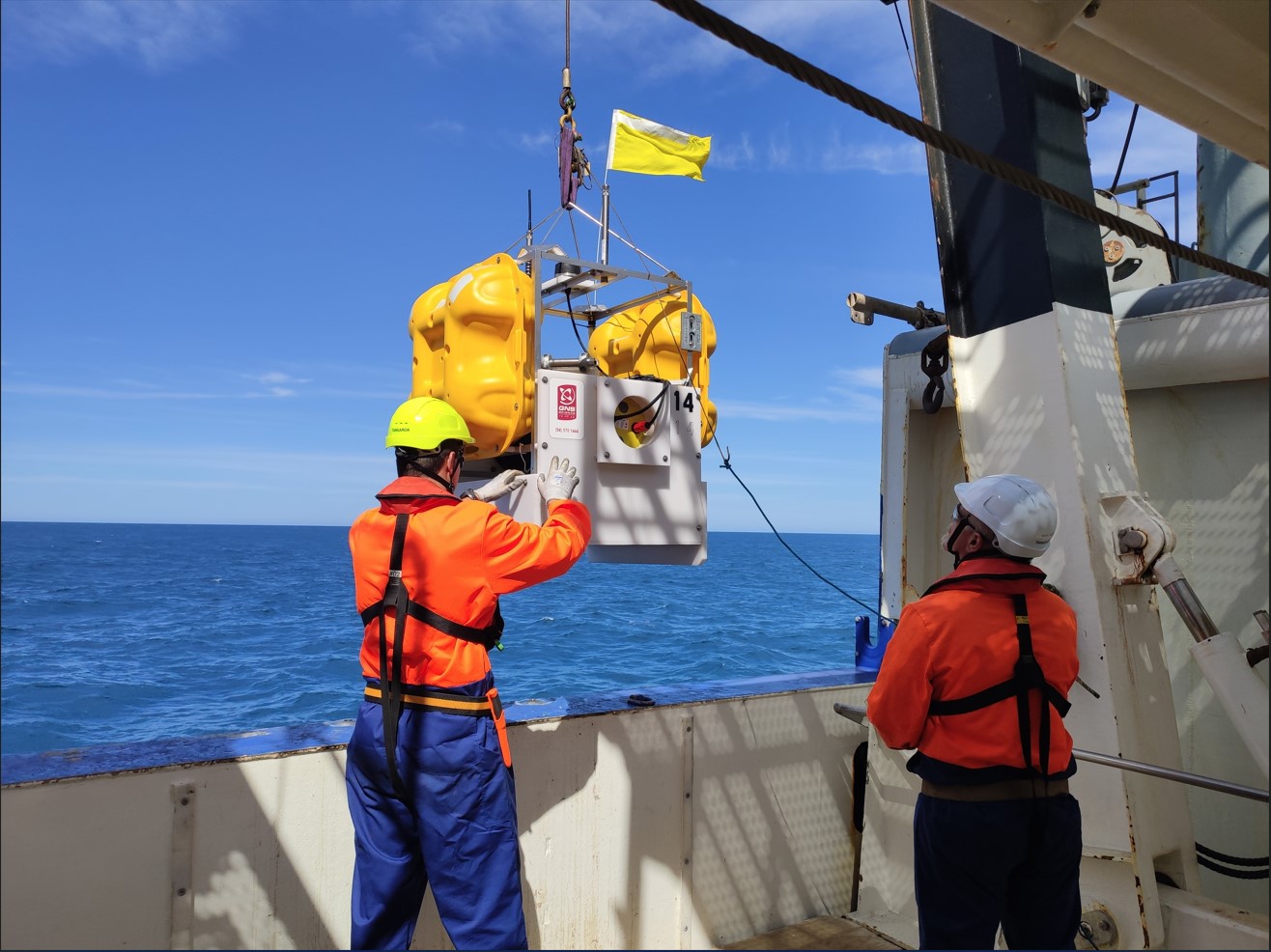
Slow-Slip Earthquakes and Fluid Flow at the Hikurangi Subduction zone
Project period: At sea for January and February 2019, collecting data until 2021
Organisations: University of Washington, Oregon State University, GNS Science, NIWA, University of Otago, University of Auckland, and Macquarie University
Project location: East Coast of the North Island of New Zealand
Introduction
Scientists from the US and New Zealand will be examining the physical conditions along the Hikurangi subduction zone to understand what fluid conditions generate earthquakes. Fluid conditions affect the likelihood and type of earthquakes that occur at faults.
The Hikurangi subduction zone is where the Pacific plate subducts or moves under the Australian plate and is New Zealand’s largest fault. It extends along the length of the East Coast of the North Island.
In one area, the subduction zone is locked meaning no pressure is being released whereas in others pressure is being released via slow slip earthquakes. Slow slip earthquakes are different to normal earthquakes as they occur over days to weeks rather than the seconds it takes for a normal earthquake to occur.
Scientists want to compare each of these areas to uncover what processes might control the locking or slipping along the subduction zone. They will be collecting data over a month long period on board the Rodger Revelle, a US research vessel.
This scientific voyage will involve:
- deploying instruments that will monitor the conditions of the fluid contained between the spaces in sediment, pore sediment over the course of several years
- collecting sediment and pore water samples,
- taking temperature measurements along the seafloor
- using the remotely operated vehicle (ROV) Jason
Once the data is collected scientists will begin to analyse and make sense of it before releasing their findings in 2021.
Latest news
Disclaimers and Copyright
While every endeavour has been taken by the East Coast Lab Hikurangi Subduction Zone M9 to ensure that the information on this website is
accurate and up to date, East Coast Lab Hikurangi Subduction Zone M9 shall not be liable for any loss suffered through the use, directly or indirectly, of information on this website. Information contained has been assembled in good faith.
Some of the information available in this site is from the New Zealand Public domain and supplied by relevant
government agencies. East Coast Lab Hikurangi Subduction Zone M9 cannot accept any liability for its accuracy or content.
Portions of the information and material on this site, including data, pages, documents, online
graphics and images are protected by copyright, unless specifically notified to the contrary. Externally sourced
information or material is copyright to the respective provider.
© East Coast Lab Hikurangi Subduction Zone M9 - www.eastcoastlab.org.nz / +64 6 835 9200 / info@eastcoastlab.org.nz
















